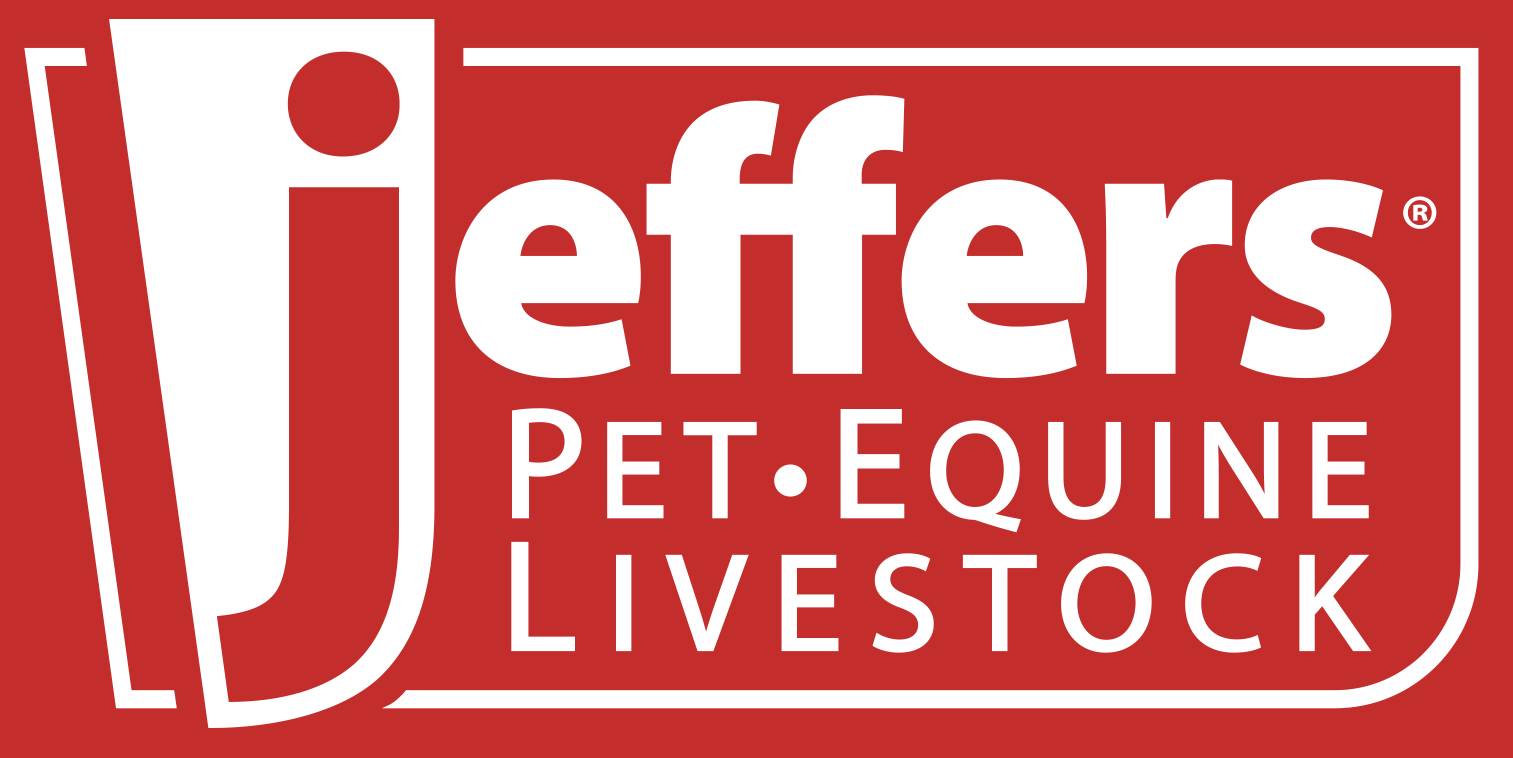A Guide to Cattle Lice plus 5 Simple Treatment Steps
Posted December 5, 2023 in Livestock Blog by Monica Dennis
A Comprehensive Guide to Treating and Preventing Lice in Cattle
Introduction:
Cattle lice infestations can be a significant concern for farmers and ranchers, affecting the health and productivity of their herds. In this step-by-step guide, we’ll explore how to treat lice on cattle effectively, answer common questions about the causes and transmission of cattle lice, and discuss potential complications if left untreated.
What Causes Lice in Cattle?
Lice in cattle are primarily caused by two types of parasites: biting lice and sucking lice. Biting lice feed on the skin and hair of the host, while sucking lice feed on blood. These parasites can cause irritation, discomfort, and decreased weight gain in cattle.
Cattle lice are typically more prevalent in the winter months when animals are in close quarters and their thick coats provide an ideal environment for lice infestations. Poor nutrition, stress, and crowded living conditions can also contribute to the development of lice in cattle.
How Do Cattle Get Lice?
Cattle lice are highly contagious and can spread through direct contact between animals. Lice can also be transmitted indirectly through shared equipment, such as brushes, blankets, or feeding troughs. New cattle introduced to an existing herd may bring lice with them, leading to an outbreak if not properly managed.
What Does Lice Look Like on Cattle?
Identifying cattle lice is essential for effective treatment. Lice infestations are often visible on the skin, especially in areas where cattle have difficulty reaching to scratch. Biting lice cause more obvious damage, leading to hair loss and skin irritation. Sucking lice, on the other hand, can be harder to spot as they feed on blood without causing noticeable external damage.
Lice can typically be seen in areas with short hair, such as the neck, shoulders, and back. They are small, wingless insects ranging in color from light brown to gray.
5 Step Guide to Treating Lice on Cattle:
- Isolate Infected Cattle: Remove any cattle showing signs of lice infestation and isolate them from the rest of the herd to prevent further spread.
- Thorough Inspection: Examine the cattle for signs of lice, paying close attention to areas with short hair. Use a fine-toothed comb to help detect lice and their eggs (nits).
- Treatment with Products: There are a variety of products used to treat cattle lice. Our top 5 selling cattle lice treatment products are:
- Prozap Prospectus Pour-On Insecticide: A pour-on insecticide used to kill chewing and sucking lice, horn flies, stable flies, horse flies, and deer flies on beef cattle and calves.
- ULTRA Boss Pour-On Insecticide: A ready-to-use synergized formula containing 5% permethrin and 5% piperonyl butoxide for control against flies and lice in cattle
- Y-Tex Python Dust: The only dust containing zeta-cypermethrin (0.075%), a synergized permethrin. For use on lactating and non-lactating dairy cattle, beef cattle, sheep, goats and horses.
- Prozap Insectin Dust: Contains 0.25% Permethrin. For use on horses, beef and dairy cattle and swine.
- StandGuard Pour-On Insecticide: A powerful pour-on featuring the most potent pyrethroid on the market with a quick-kill action.
- Environmental Management: Clean and disinfect the cattle’s living environment, including barns, feeding areas, and equipment. This helps prevent reinfestation and promotes overall herd health. There are a variety of disinfectants on the market to assist with maintaining a clean cattle environment.
- Regular Monitoring: Keep a close eye on the treated cattle and the entire herd for any signs of recurring infestations. Consider implementing preventive measures during peak lice seasons such as the quarantine and inspection of new animals, regular grooming, rotating pastures, and avoiding overcrowding.
Complications and Health Issues Related to Cattle Lice:
If left untreated, lice infestations in cattle can lead to various complications, including:
- Decreased Weight Gain: Lice cause irritation and stress to cattle, leading to reduced feed intake and, consequently, slower weight gain.
- Skin Infections: Constant scratching and biting at irritated skin can create openings for bacterial infections, further compromising the health of the cattle.
- Decreased Milk Production: Dairy cattle may experience a decline in milk production due to the discomfort caused by lice infestations.
- Negative Impact on Show Cattle: Lice can be particularly problematic for show cattle, affecting their appearance and performance. Regular grooming and treatment are crucial to maintaining the high standards expected in the show ring.
Can Humans Get Cattle Lice?
Fortunately, cattle lice are species-specific and do not infest humans. Human lice and cattle lice are different and cannot transfer between species. Nevertheless, it is crucial to take precautions when handling infested cattle to minimize any potential skin irritation.
Conclusion:
Conclusion:
Effectively treating and preventing lice in cattle is essential for maintaining a healthy and productive herd. As always, consult with your veterinarian with any questions and when facing any health issues with your animals. By staying informed, following this step-by-step guide, and utilizing products like Prozap ProtectUs Pour-On Insecticide, farmers and ranchers can mitigate the impact of lice infestations on their cattle. Remember to stay vigilant, practice good management techniques, and prioritize the well-being of your herd to ensure optimal health and performance.
